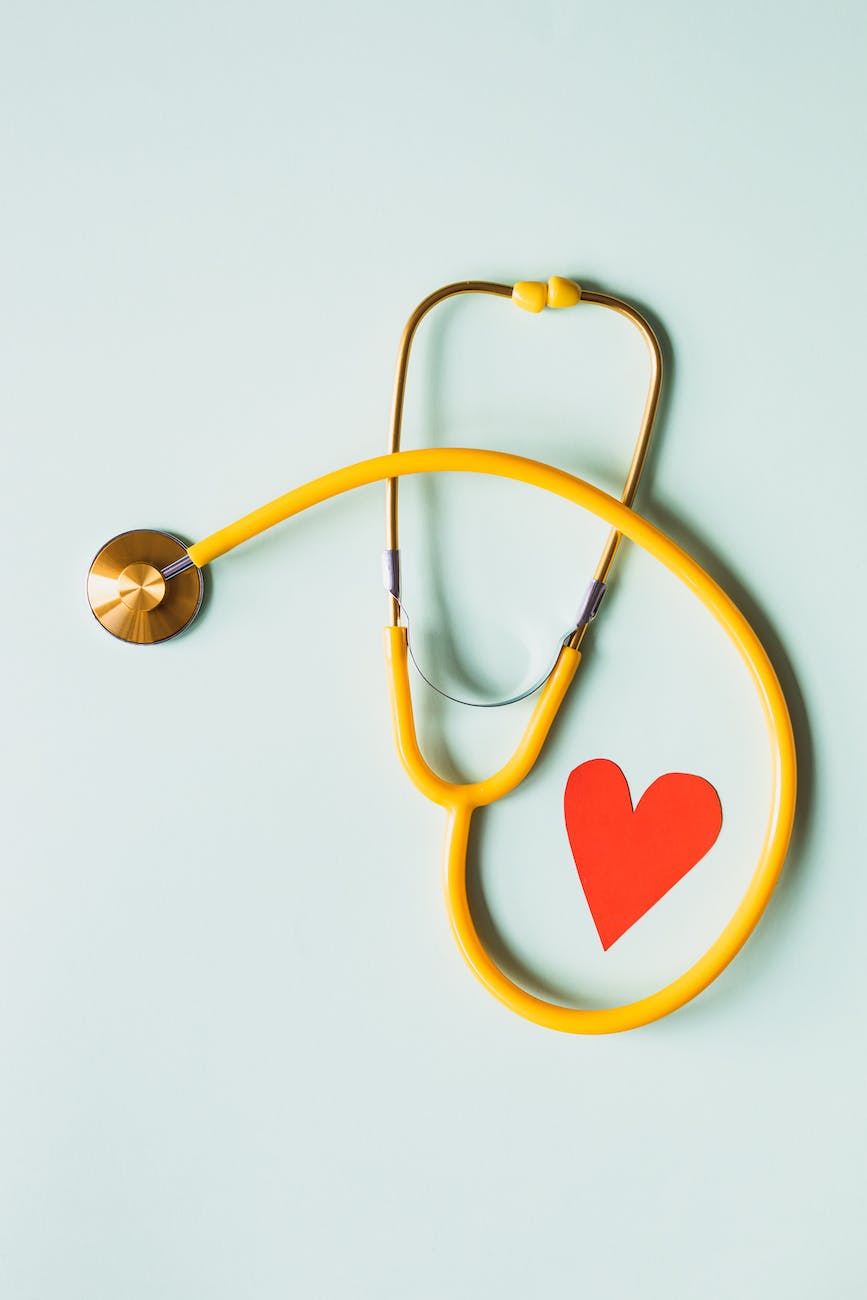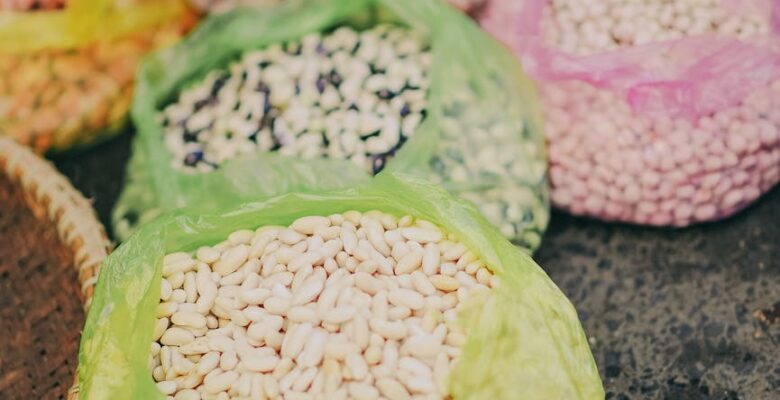Polyphenols: These Micronutrients Can Help You Lose Weight And Prevent Diabetes.
Polyphenols are essential micronutrients that should be included in your diet. They are available through a plant-based diet. Polyphenols are found in a variety of foods, including nuts, beans, black raisins, and cloves.
Polyphenols have the following advantages: Both macronutrients and micronutrients are required for healthy health and weight. The three macronutrients are proteins, fats, and carbohydrates.
Micronutrients include vitamins, iron, calcium, magnesium, and other minerals that the body requires to function effectively and efficiently. In one of his latest Facebook live sessions, lifestyle coach Luke Coutinho discusses polyphenols, which are key micronutrients that may be gained from plant-based diets. He claims that polyphenols are extremely helpful micronutrients that are required by humans of all ages, from infants to the elderly.
The health advantages of polyphenols and why they should be included in your diet
Polyphenols are antioxidants that can also help your digestive tract.
Other surprising benefits of these micronutrients are as follows:
1. They can assist you in losing weight and burning fat.
2. Polyphenols can help you prevent diabetes and recover from type 2 diabetes.
3. A plant-based diet rich in polyphenols can help prevent neurodegenerative diseases such as multiple sclerosis.
4. Polyphenols have the ability to alleviate inflammation in the body.
5. Polyphenols’ anti-inflammatory qualities may aid in the prevention of heart disease.

Polyphenol-rich foods are listed below.
Cloves: Cloves are high in polyphenols. They can be used in masalas and even tea. To get adequate polyphenol intake, incorporate cloves into your daily diet.
Dark Chocolate: Antioxidants and polyphenols are abundant in high-quality dark chocolate.
Berries: Blueberries, raspberries, gooseberries, strawberries, blackberries, and other berries are high in polyphenols.
Plums, cherries, and blackcurrants all contain polyphenols and should be included in your diet. Soak 6-8 black raisins in water overnight. You can eat them as they are or mix them into your morning smoothies. They are also high in fiber and can assist with constipation.
Pomegranates include polyphenols, which can increase your immunity.
Beans: If you don’t have digestive difficulties, you can receive enough polyphenols from legumes and vegetables in the bean family.
Polyphenols are abundant in nuts such as walnuts, pecans, almonds, and hazelnuts. They are suitable for daily snacking.
Spinach and onions are polyphenol-rich veggies.
Tea: Both green and black tea are high in antioxidants and polyphenols.
Red wine is popular because of its antioxidant content. Make sure you consume it in moderation.
How Polyphenols Can Aid Fat Burning and Recovery
Polyphenols have been making headlines in recent years, but what exactly are they, and how can you use them to help you achieve your goals?
Polyphenols, which are found in coffee, green tea, dark berries, cocoa powder, leafy greens, and even some spices, are thought to have anti-inflammatory and antioxidative characteristics.
As a result, they can be found in a range of fat-burning and recovery supplements.
What Exactly Are Polyphenols?
Polyphenols are a class of chemicals found naturally in a wide range of foods.
Some polyphenol subclasses may be familiar to you. Quercetin belongs to the flavonoid family, whereas stilbenes include substances like resveratrol, a heart-healthy component found in red wine.
When it comes to exercise performance, polyphenols’ major job is to act as an antioxidant. Exercise causes muscle cell damage, releasing harmful free radicals into the circulation system. These extremely reactive chemicals, if left unregulated, can wreak havoc on cells and other biological systems.

Polyphenols, which are antioxidants, destroy free radicals by transforming them into more stable molecules. As a result, by supplementing with these potent chemicals, you can lessen oxidative damage caused by free radicals, reducing overall damage and boosting speedier recovery.
Damage and Recovery Management
Muscles that have been exercised endure two different but connected waves of injury. The force put on the muscle fibers by loaded movement, often known as resistance exercise, causes primary injury.
Following this injury, the muscle fibers produce molecules known as free radicals, which can cause additional harm to nearby cells, even if those cells were not initially damaged. This is referred to as secondary damage.
Secondary damage may appear to be a bad thing at first glance. However, adaptation cannot occur in the absence of a stressor. As a result, the purpose of increasing strength, size, and performance is to optimize the balance between harm and recovery rather than to limit damage.
Previous study indicates that supplementing with particular types of polyphenols may increase total antioxidant capacity, hence improving the body’s ability to handle increased oxidative stress. While this may not always equate to better performance, it does influence the rate and quality of recovery. If you have a very intense competitive phase and are unable to totally relax and recover, taking polyphenol supplements may help to reduce inflammation and allow your body to prepare for your next competition or intense bout of training.
Consider polyphenol supplementation to be analogous to using ice baths—when utilized correctly in the short term; they may assist you avoid being too beat up so you’re always ready to play.
Body Composition and Polyphenols
One area of research that appears to have the most promise for polyphenol supplementation is improved body composition. The majority of studies were focused on the efficacy of polyphenol’s subtype, known as catechins.
Teas, chocolate, and darkly colored fruits, including blackberries, cherries, and raspberries, are high in catechins. Green tea extract, a popular supplement, contains active components such as epigallocatechin-3-gallate (EGCG), which are catechins.
Catechins’ principal role in the body is to inhibit the enzyme catechol-O-methyltransferase, which is partially responsible for norepinephrine breakdown. Norepinephrine has an important role in fat mobilization. As a result, if norepinephrine is conserved, you can generate more energy from fat stores to fuel your body as it exercises.

Take EGCG before your workout to get the most out of this surge. Exercise-induced norepinephrine elevations aid in augmenting the response to EGCG and increase actual fat utilization rather than just mobilization.
Simply put, after EGCG administration, liberated fat stores are locked and loaded, but they must be utilized, or they will be stored again. As a result, exercise is essential.
To Conclude
Even 90 milligrams of EGCG combined with a small amount of caffeine (50 milligrams) increases energy expenditure significantly when compared to a catechin-free beverage.[6] Furthermore, EGCG has been proven to increase fat oxidation rates independent of caffeine consumption.
So, if you want to improve your body and improve your recuperation without the unpleasant freeze of an ice bath, try adding some polyphenol supplements to your routine!
